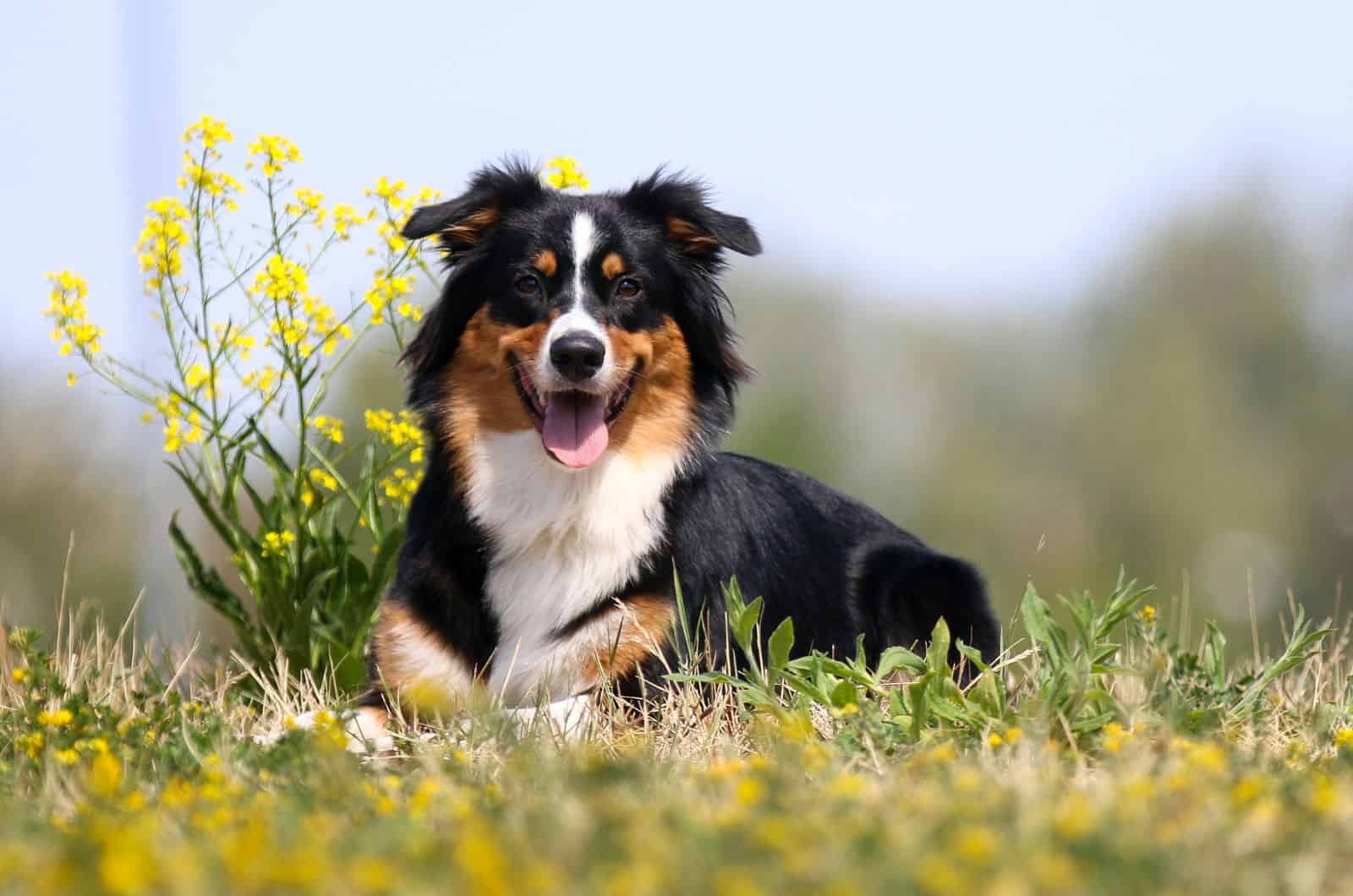Border Collies are not just intelligent, but ultimately a very beautiful dog breed.
However, only a few people know that they have more color options than the standard black and white color pattern like the elusive tri color Border Collie.
Tri color Border Collies are one of many other coat color options that you’re going to find with this amazing breed. Sable, red and white exist too, as do many others like lilac, brindle, slate and even merle patterns.
There are a few more, some of them rare, some less so, but it’s important to understand the sheer spectrum of possibilities that this smart little doggo can give us.
If you’d like to learn more about the Border Collie as well as its many different colors and some color anomalies, feel free to read on.
Border Collies: A Brief History
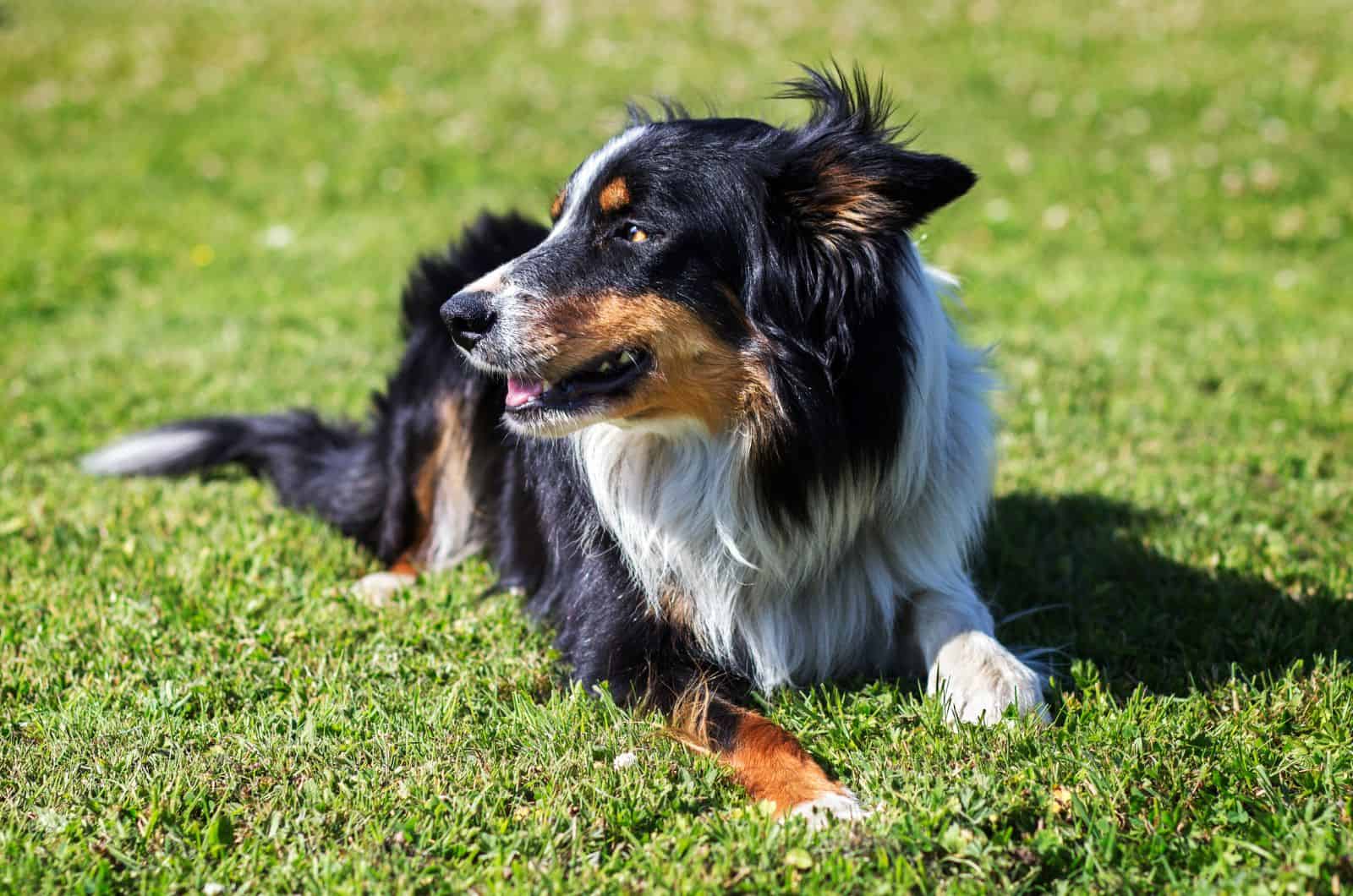
Before we get into it, I figured I’d share a little bit of history on this dog breed and how it came to be.
Originally, the breed came from the British isles from the Landrace sheepdogs and was primarily used as a herding dog in the bordering area between Scotland and England.
His level of intellect and wit was praised as it wouldn’t take him long to figure out ways to overcome most problems and challenges thrown his way.
This is what made him such a perfect working dog. However, as time passed, he wouldn’t be limited to just being a herding dog.
He’d start getting adopted by the British royalty as a way to keep rodents off the estate, then by sailors on ships for the very same reason, especially since food was a valuable resource they couldn’t afford to have contaminated.
Any colonies would also take a Collie in as they were highly sought after for keeping sheep safe, a vital resource in colonizing a new area.
Somewhere around the start of the 20th century, the Border Collie would evolve from being more than a ratcatcher and sheepdog, he’d become a great family pet as the breed became more commonplace.
His intelligence served him well with human interaction as did his overall friendliness in making that happen. While the latter is present in every dog, sheepdogs seem to have a big affinity for it.
That’s where we’re at now.
Why The Tri Color Border Collie Mention Specifically?
Because the tri color Border Collie is one of the rarest color patterns that they can get.
The pattern is usually a mix of red, black and brown coloration with some white around the shoulder and neck area.
Some versions are known to have further markings on the body, but are even more rare than the tri color Border Collie itself.
These are usually seen as large ‘stains’ on the body or various markings dotted around the tail, the paws or the face of the canine in question, otherwise known as tan points.
With this specific coloration, it’s common to see the tail be a distinct solid color that’s different from the rest of his fur.
Another interesting distinction is that tri color Border Collies have brighter eye pigmentation than that of other color options. An odd genetic thing perhaps that comes with the territory.
It also has a more fierce gaze which is common with many other Collie options, one that has an odd effect of authority with cattle that made them the great sheepdogs that they are now.
While rare for the Border Collie, breeds like the Doberman have it as their base color.
The most commonly occurring tri colored Border Collie fur patterns are:
• The red tri Border Collie
• The black tri Border Collie
• The blue tri Border Collie
Others exist, but they’re a lot rarer.
What Other Border Collie Colors Are There?
Believe me when I say that there are over a dozen to choose from even though the black and white one is the most prevalent.
There are a few different options to choose from, here are the most common ones.
The Sable Border Collie
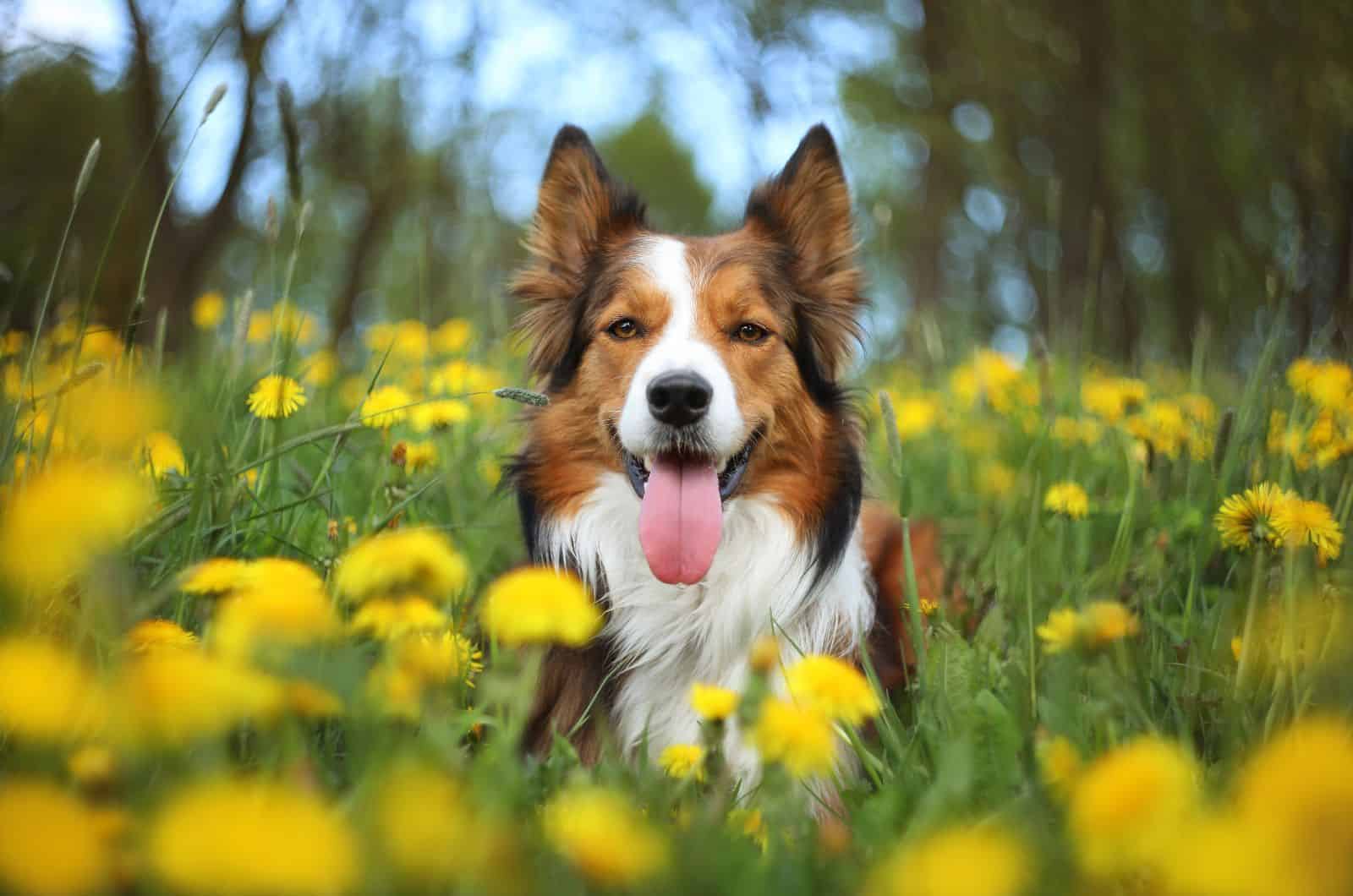
Sable is a pretty popular Border Collie color as it gives the doggo a stunning appearance that mixes well with the autumn and winter season due to their coloration.
They’re usually depicted as very light with a base coat colored tan and decorated with black tippings.
The rest of the fur in sable Border Collies tends to be white, though these are mostly white markings.
It makes them resemble a fox in some regard, which I honestly believe is a rather adorable look for them.
While rarer in Border Collies specifically, breeds like the German Shepherd have the pattern as a pretty commonly occurring one.
The Blue Merle Border Collie
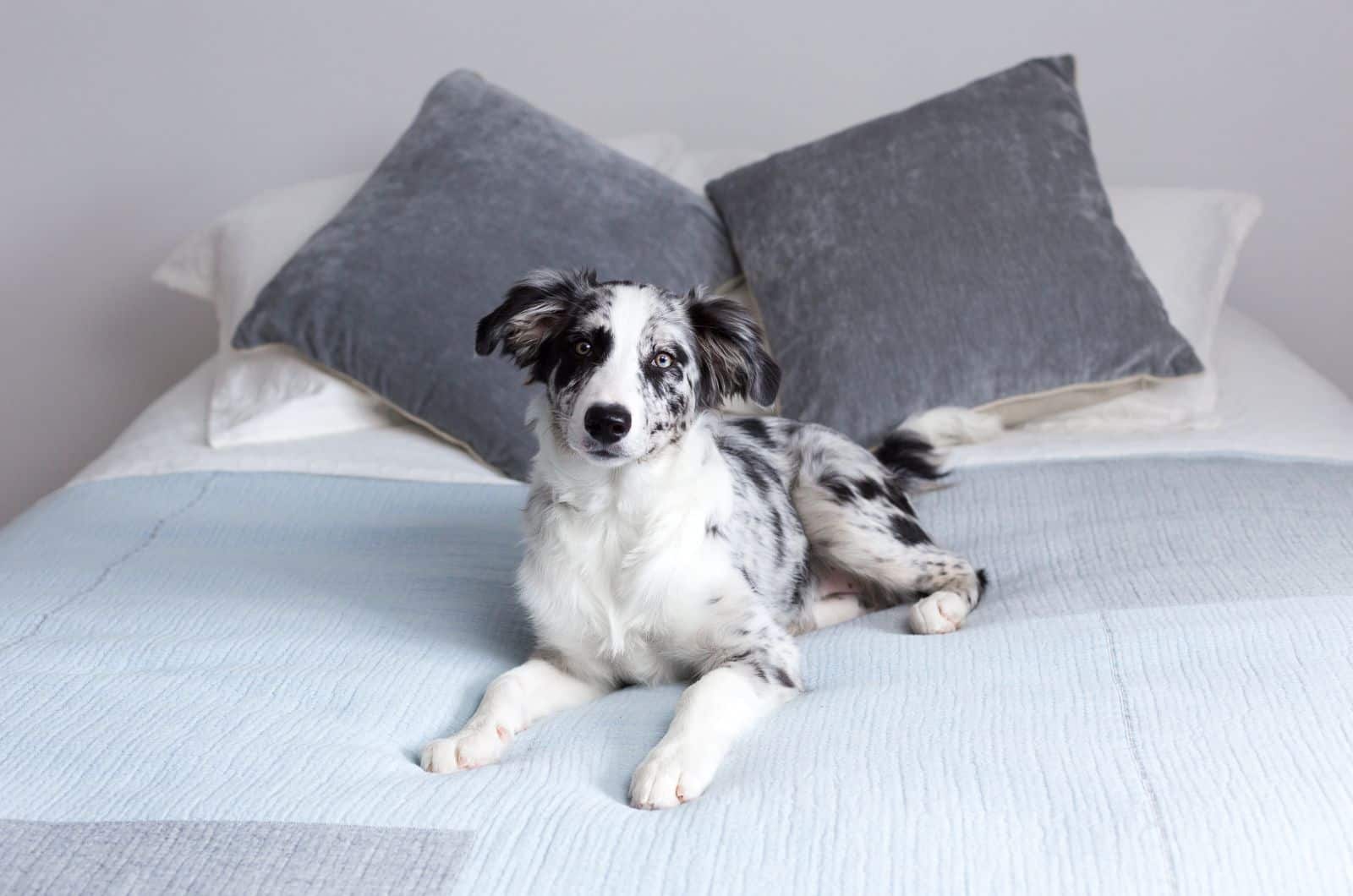
While the blue isn’t exactly the blue that you may have gotten used to, the way their fur pattern is depicted does kind of appear blue at times.
That’s because their coat color is mostly gray with black spots that can appear over it, be it on the tail, ear, face, or back area.
They also have white markings along the rest of their fur which gives them a nice, two color appearance that most Border Collies are known for.
In order to get a blue merle Border Collie puppy, you’d need the merle gene to be present in at least one of the parents.
It’s not that rare by any means, but can be harder to track down than the standard black & white Border Collies.
The Gold Border Collie
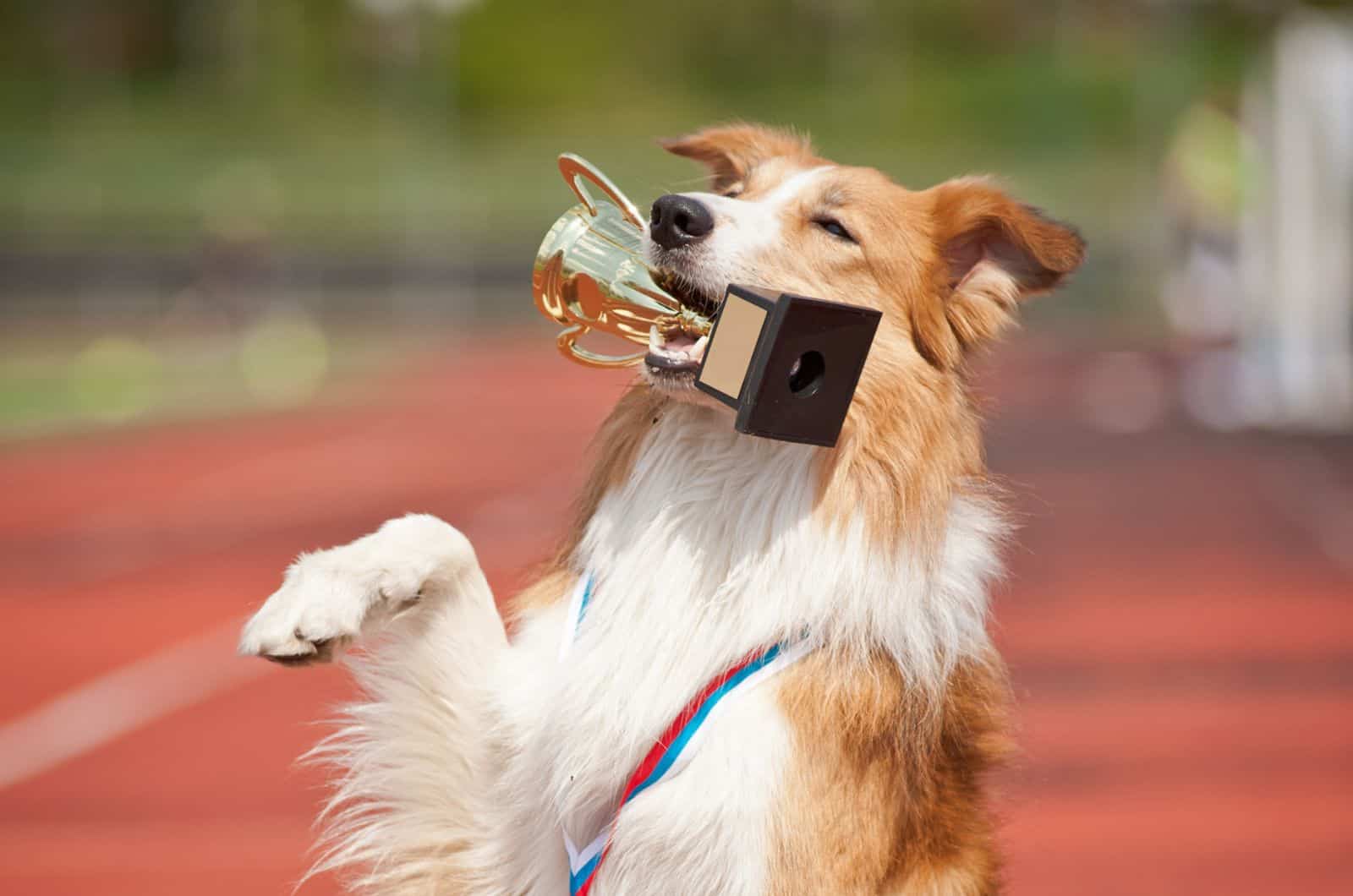
Goldie Collies have a pleasant coloration to them.
Known as the blondes of the Border Collie world, the golden Border Collie has a very nice, light cream color to them with standard white markings, giving them this amazingly fluffy appearance.
The coloration can be darker too, going all the way to a more darker gold color, and their nose can sometimes take on a dark brown color too.
The result of this color pattern is due to a recessive gene that lightens the natural pigment of the Collie’s fur, meaning both parents will need to have said gene present in order to get this specific coat color.
And it’s not just the standard black and white ones in this case, but the parents would have to be red Border Collies in order to get this specific pigment.
It’s certainly one of the rarer coat colors out there, and one that often gets them mixed in the same bag as Golden Retrievers.
The Red Border Collie
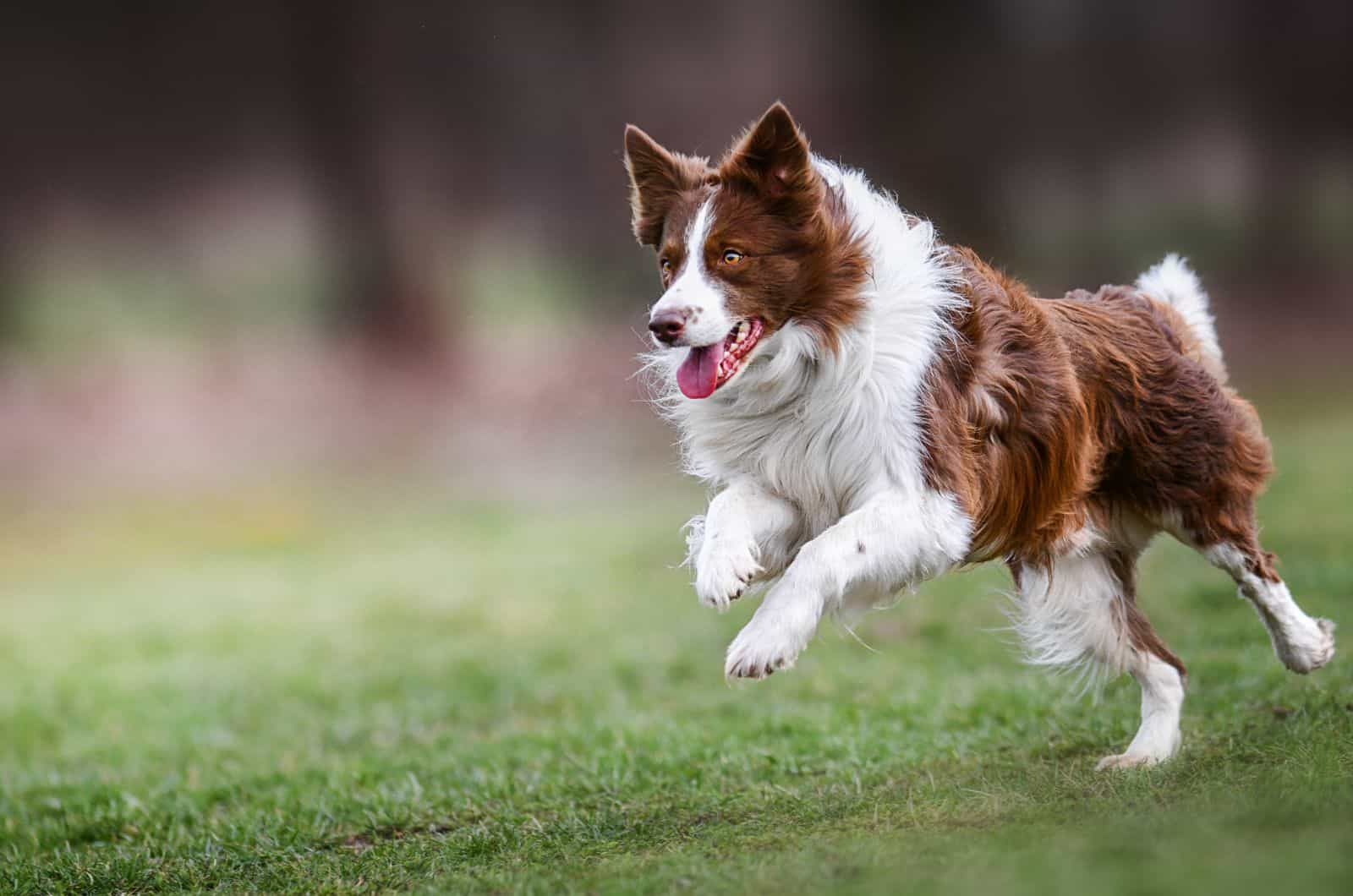
One of the more common color options for the Border Collie dog, one that has a variety of different appearances.
It can be either a light red or a darker one, or it could have both present in a light gradient that darkens out on their backs.
The lightest ones can appear as a cream color, reminiscent of the gold Border Collie while the darkest ones are quite distinct and appear almost fox-like in their fur color pattern.
Naturally, they also have white markings along their chest, part of their face, and their paws too as well as the tip of their tail.
The Blue Border Collie
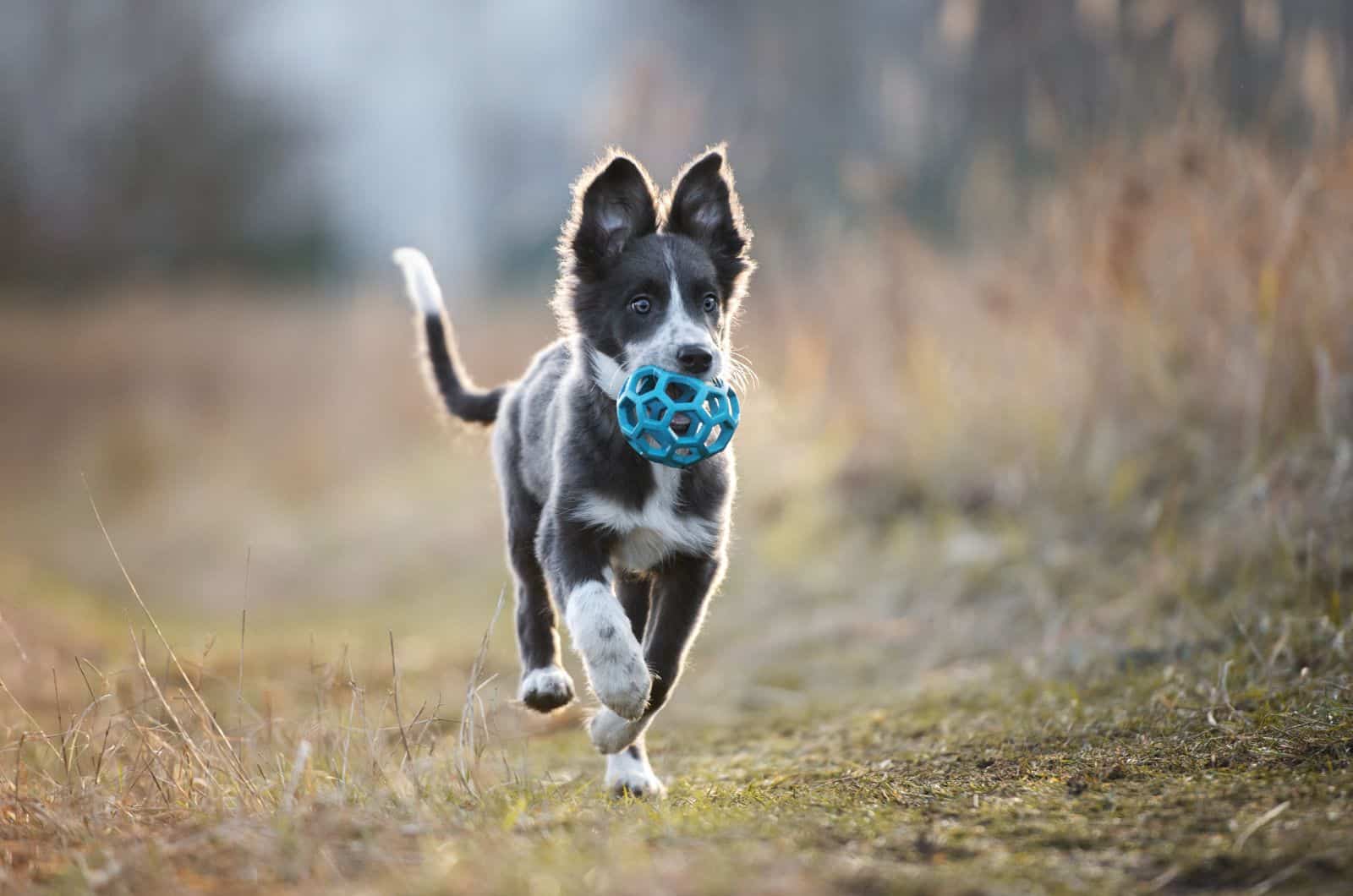
Akin to that of the blue merle Border Collie, except that they only have a single tone gray color as the color of their fur.
They still look exceptionally beautiful, a bit older perhaps, but wiser and fiercer for it.
They also carry white markings along the standard areas and can have some spots of black or gray on the face and other areas, but rarely so.
An interesting fact is that their fur gets grayer as they age so you may have a border collie start out as a black & white one, but turn into a blue one really early on as the fur slowly loses pigmentation.
The Lilac Border Collie
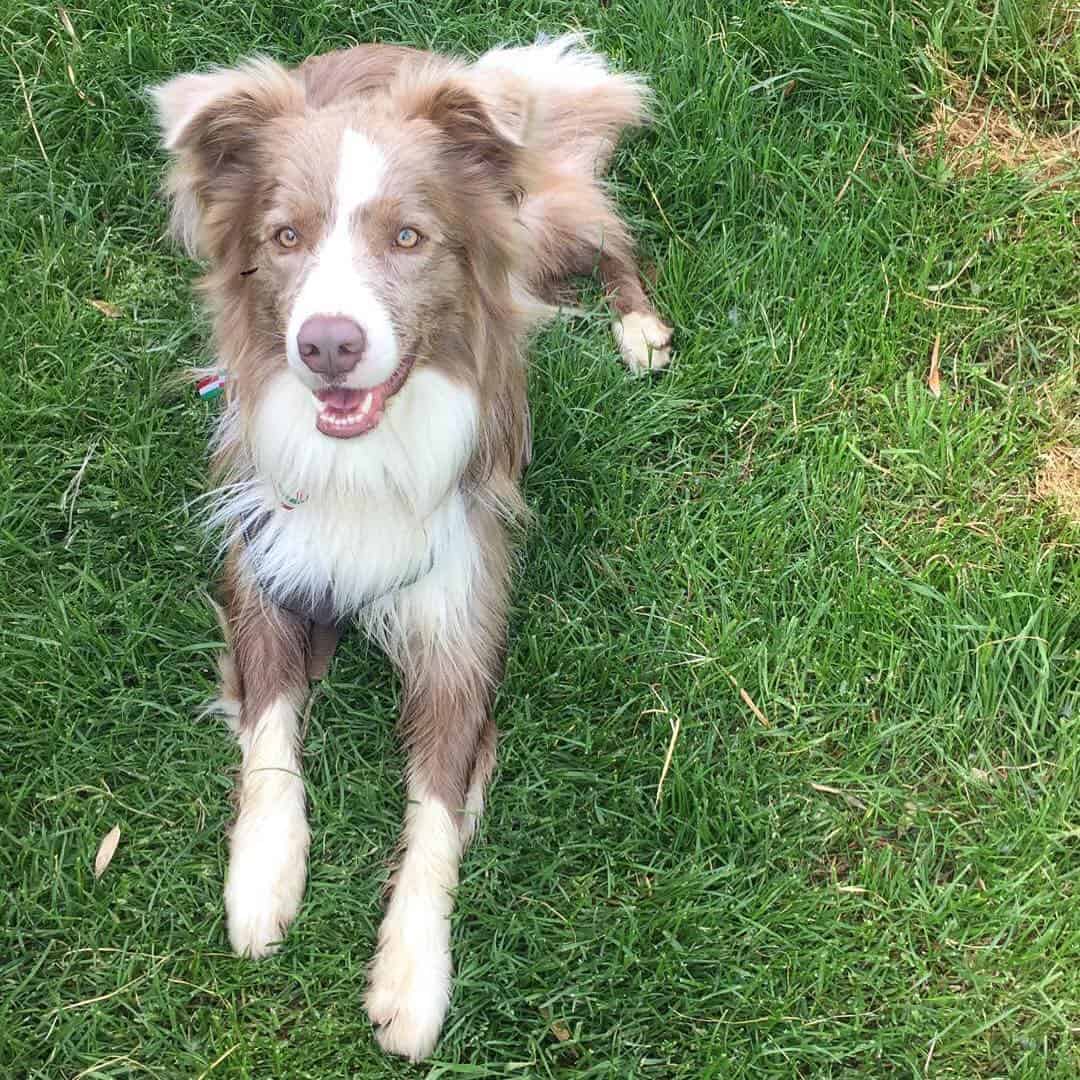
Photo from: @sky.the.lilac.border.collie
The lilac Border Collie is a unique mix that happens only when two rare dilute genes mix together.
You have the BB gene that swaps out the black from a black Border Collie into a very nice chocolate-y brown, and the DD gene which takes the black pigmentation from the same Border Collie and turns it gray, akin to that of a blue Border Collie.
This produces this lovely, creamy lilac color that makes the Collie look absolutely breathtaking, especially when mixed in with the standard white parts of its fur.
The Brindle Border Collie
Next up, we have the brindle Border Collie, one whose coloration may seem a bit unusual which is why so many dog owners believe them to be a result of breed mixing.
However, that’s not the case as many Border Collie breeders have proven already, showing that the coat color does come from a purebred Collie.
That’s why I say don’t let the others discourage you as this is truly a unique fur pattern. It takes any of the more common existing colors as a base and then adds to it with a darker tiger-esque pattern to create this fascinating appearance.
It may seem like a bit of a mess, but it’s honestly one of my favorite ones as each color pops out so well and is easily recognizable, especially when contrasted against the standard white bits on the dog’s fur.
The Red Merle Border Collie

Speaking of interesting colors, the red merle Border Collie is certainly one of them.
With a lovely, light red base and the standard white bits mixed in with a few white markings along the face and back that dot the area, it creates a truly astonishing fur pattern.
He can have them around the paw and tail area too, albeit slightly less common, but regardless of pattern, it’s certainly one of the more popular coat color options.
The Saddleback Sable Border Collie
Very similar to the sable Border Collie, except the fact that the fur color goes further than that of standard sables.
On top of that, they most commonly have dark patches of fur on their back to contrast the lighter parts, akin to a saddle, hence the name.
The Sable Merle Border Collie
The sable merle Border Collie on the other hand is almost indistinct from his fully sable counterpart aside from the fact that they have a few dark color patches on them too aside from the black tipping.
The name gives the reason why away too as it happens when a sable Border Collie puppy inherits the merle gene
The Minimal White Border Collie
As the name suggests, this is a Border Collie who has little to no white markings to be found on him, including the standard ones.
While more common in the Australian Shepherd, this is an extremely rare occurrence for a Border Collie.
The Black Border Collie
The industry standard and the most common color pattern you’re going to be seeing on a Border Collie.
I doubt this one needs much explanation as their fur is primarily black with some white areas around the standard spots, the chest, paws, face and tail. Sometimes, they even get it around their necks or around one ear giving them this neat eyepatch-esque look.
Are There Any Border Collies With A White Coat Color?
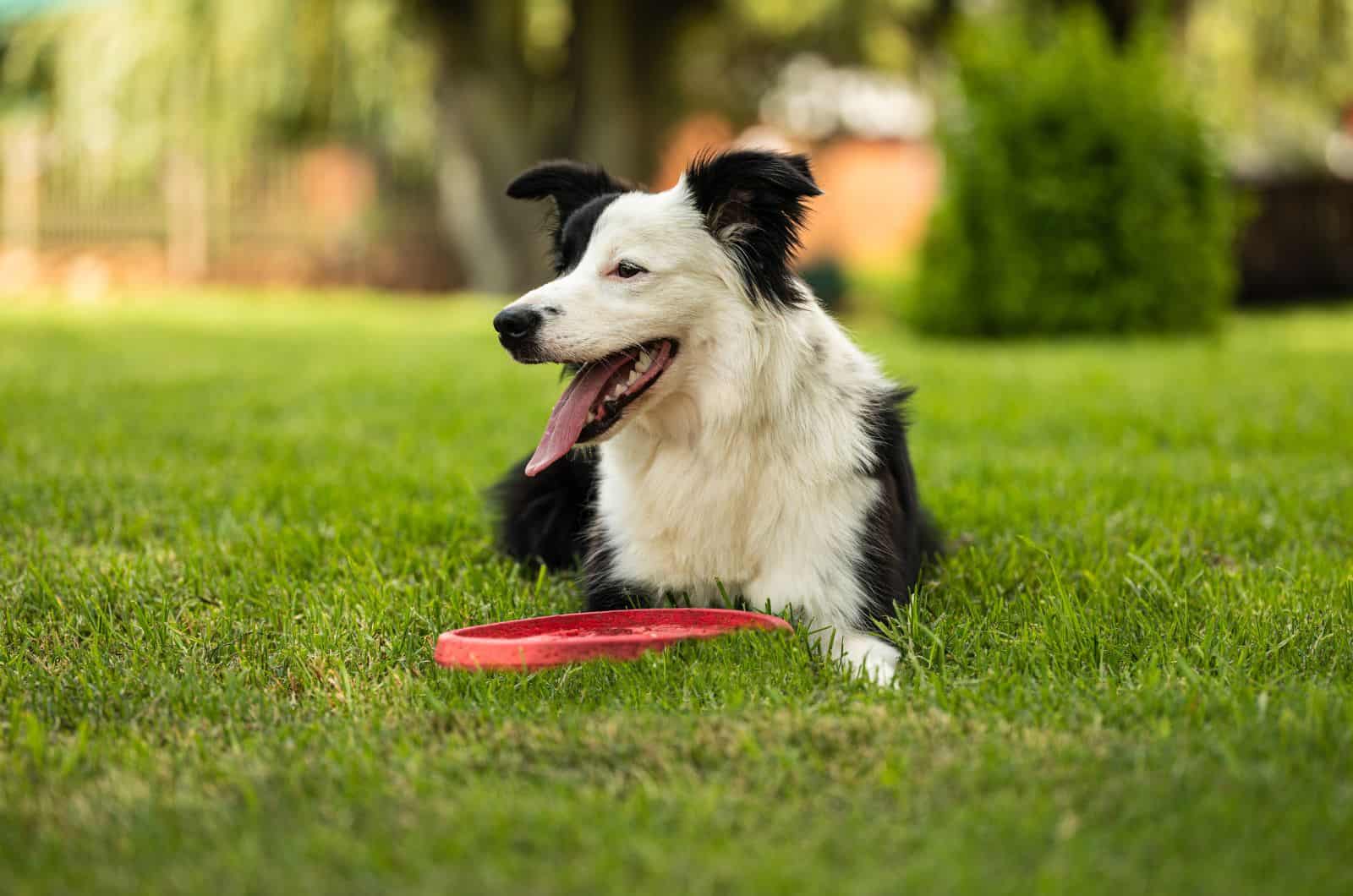
There most certainly are. They’re much rarer, but they do exist, and, in fact, have a number of different colors themselves.
The White And Black Border Collie
This one is their representative. While not that much different than its polar opposite, the black & white, the difference here is that the white part of his fur is the dominant color with black markings spread around small areas of his fur.
The White And Red Border Collie
Very similar to the red Border Collies, but again, with red being the more dominant of the two and spreading out further than on his counterpart.
The red is usually lighter too, but doesn’t have to be.
They have a merle red variant too which follows more of the same rules.
The White And Blue Border Collie
Once again, the same situation, the dominant part of the fur is white with a few light gray areas littered about.
And, much like the white and red Collies, they too have a merle variant, following the exact same logic.
The White Ticked Border Collie
We also have the white ticked Border Collie variant, one that actually may look dirty if observed from afar.
The coat is primarily white with black markings appearing primarily on the face and the ears, but the rest of the fur can be found covered in various black spots, like the ones on a Dalmatian got a little bit washed out.
The Piebald Border Collie
Finally, we have the Piebald Border Collie.
While not technically a predominantly white one, it comes pretty close to it.
It’s when you take any sort of Collie color and then have large white “stains” on parts of his body.
While cool in its own regard, for Border Collies this can be a potential hazard when it comes to their hearing, as often the Collies with more white fur than black seem to have an increased chance of developing deafness, but more on that later.
Why Don’t We See Other Border Collie Colors Around That Often?
In the US specifically, it’s due to the AKC’s (American Kennel Club’s) breed standard.
While they do approve of a good number of color variations, there are a good number of them that aren’t and thus aren’t accepted in their conformation dog shows due to being deemed not purebred enough.
I assume they believe that a mixed dog may have some advantage over the other purebreds so they opt to exclude them out of it, even when the case may not be as such.
Which Colors Are Allowed To Participate In Border Collie Dog Shows?
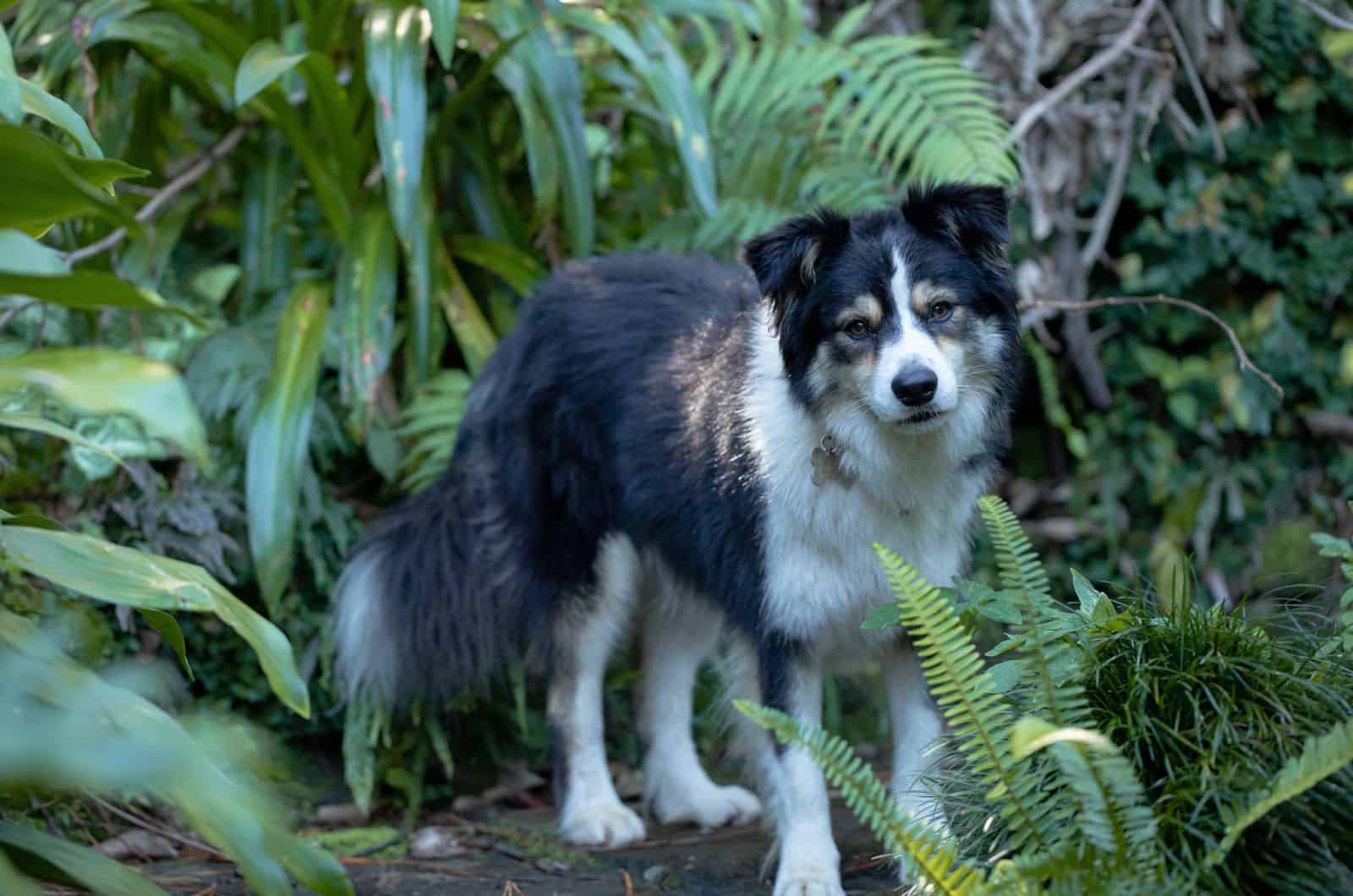
The list of allowed colors is sizable, thankfully, for all of you who are interested in entering your dog into one of these.
Here are all of the accepted colors according to their website:
• Black
• Blue
• Blue Merle
• Brindle
• Gold
• Red
• Sable
• Sable Merle
• White & Black
•White & Red
• Red Merle
•White & Blue
• White & Blue Merle
• Lilac
• Saddleback Sable
• White & Red Merle
• White Ticked
As you can see, most of the ones I’ve gone into detail about are allowed, but there are still a few ones like slate, seal, white and seal, and white and gold that sadly don’t make the list as they aren’t considered “breed standard”.
What Are The Rarest Border Collie Colors?
Generally, a Border Collie coat color is considered rare if it uses any color other than the standard black, blue and red and combines it with an equally rare pattern.
Some of the rarest ones, for example, would be: lilac merle mixed with a tri color Border Collie, a slate merle combined with a tri color pattern, a lilac sable Collie, a slate sable Border Collie and a red brindle Border Collie, just to name a few.
The minimal white Border Collie and the piebald are also pretty rare, the latter of which for good reason.
Why Is A Predominantly White Border Collie A Bad Thing?
Well, somehow the inability to produce pigment seems to tie into a highly increased chance of suffering from either blindness or deafness in these predominantly white Border Collies.
This is especially true if your Collie’s ears are white or if he has strikingly blue eyes.
It may sound weird, but, if that’s the case, I suggest going to a vet to see if your dog may have problems with his sight or hearing, just in case.
That’s why it’s somewhat risky to go around breeding two Border Collies with the merle gene.
However, while the chance is high, it’s not a guarantee that your doggo will suffer from this condition, so there’s still a chance he’s gonna be okay.
Is There Any Other Harm To Getting A Border Collie With A Rare Color Pattern?
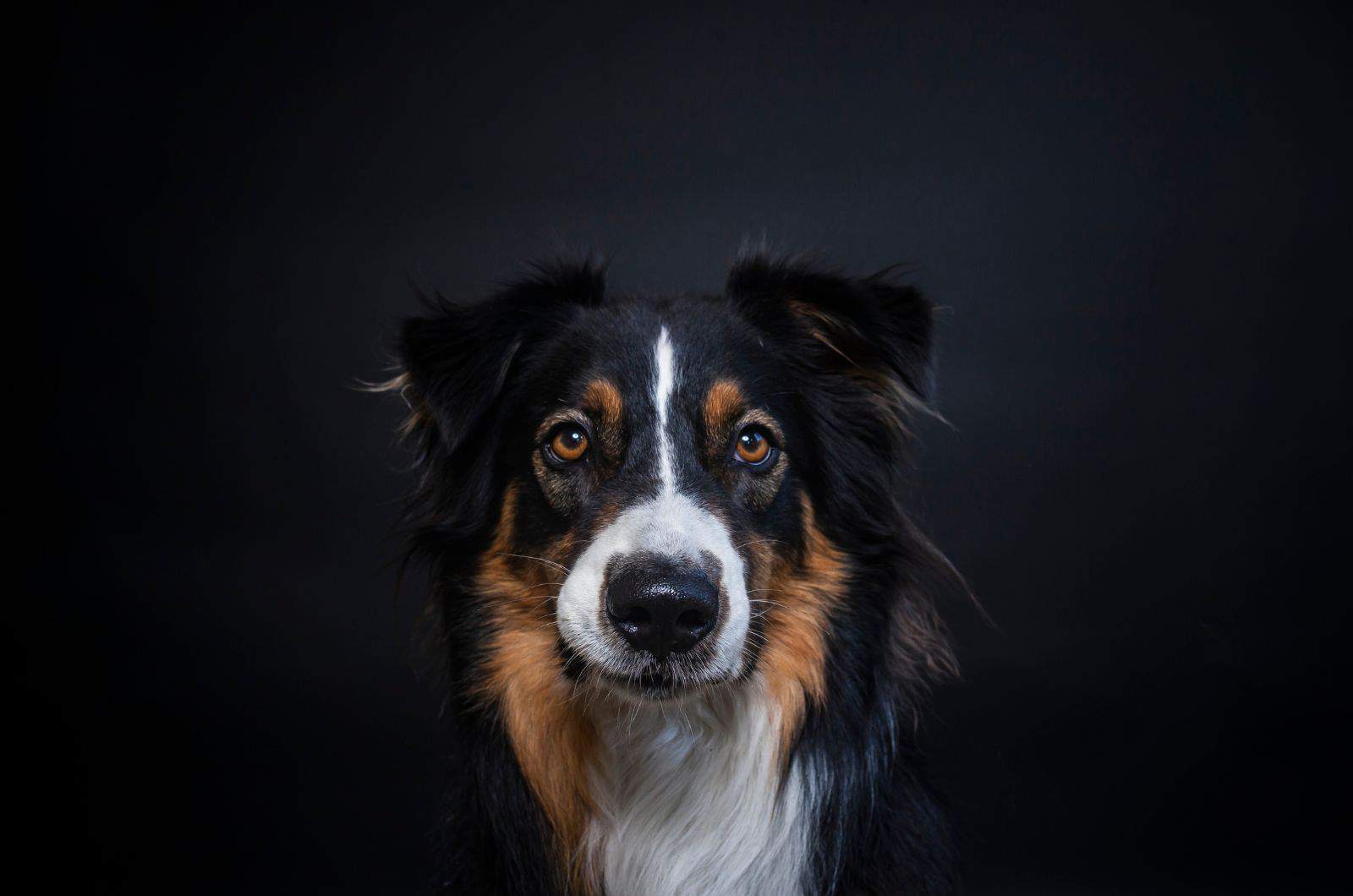
It depends. There won’t be too much harm for the dog aside from the already mentioned one, but his temperament may suffer for his aesthetic.
The rarer the color becomes, the less viable breeding candidates there are, so you may end up getting stuck with a stubborn or unruly Collie if you try and force the issue.
While most certified breeders won’t be doing this, there are a few which usually run puppy mills that will resort to this sort of behavior. Try and avoid these if possible as all they’re doing is mistreating these poor pups to earn a quick buck.
Are Border Collies Good Family Dogs?
At a base level, they’re extraordinary picks for family pets. They’re well-behaved by default and are a highly intelligent dog breed.
However, as with most herding dogs, they do have their herding instincts which may need to be trained out of them.
As always, proper dog training and socialization early can get a dog adapted to most situations, the Border Collie even more so as they learn quickly.
The breed is pretty high energy too and will almost always want to play.
However, this does come with the caveat that you’ll also have to display a similar level of energy and be willing to allow them to expend it to meet their daily needs for physical activity.
You’ll also likely need to keep them busy with some tasks that can mentally challenge them. Toys help a lot in this regard, but so do various activities that you can do together.
How Much Does A Border Collie Cost?
Standard Border Collies tend to cost anywhere from 500 to 2500 dollars, the lower end reserved for ones specifically bred to be family pets which is what most dog owners usually gravitate towards while the latter is reserved for show dogs and sheepdogs.
The different colors usually don’t shift the prices by much, especially in official breeders, though you may find some legitimate ones that raise prices.
For instance, the biggest price raise is the maximum for a blue merle with it reaching up to 3500 dollars whereas the highest increase for the minimum is with the lilac Border Collie at 700 dollars.
Truth be told, they’re one of the cheaper purebred dog breeds out there considering their high qualifications, so they’re a good first option if you’re stuck thinking between a few breeds.
In Conclusion
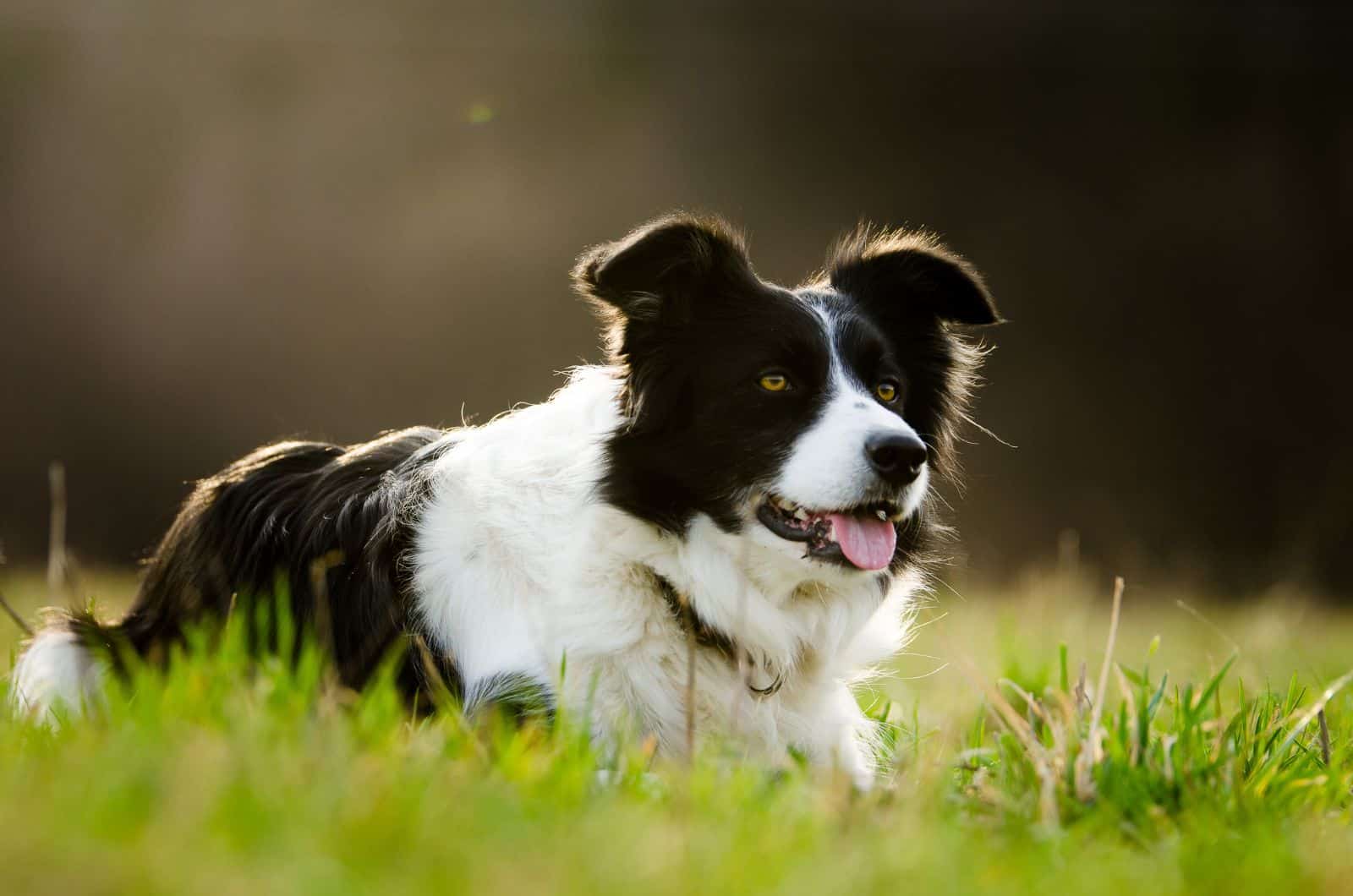
The Border Collie is a friendly and intelligent dog breed that can come in a variety of different colors.
Tri color Border Collies are usually the rarest of the bunch, especially when paired with a rare color pattern of the fur which is why they’re so enticing for so many.
However, a dog’s color isn’t indicative of his overall behavior and breeders who specifically breed for the rare color are ones that operate illegally which is why you should steer clear of them.
Aside from that, predominantly white Border Collies tend to have a higher risk of blindness and deafness too.
So, if you’re on the market for a Border Collie, be wary of these few things before finding your new canine companion. I trust that you’ll make the right choice in the end. Until next time.
RELATED LINKS:
• Border Collie Feeding Chart: A Healthy Feeding Habits Guide
• Mini Border Collie — Everything You Need To Know
• 43 Border Collie Mixes: Remarkable “Canine Einsteins”
• The 4 Best Border Collie Breeders In The UK For 2022
• Border Collie Growth Chart – Everything You Need to Know
